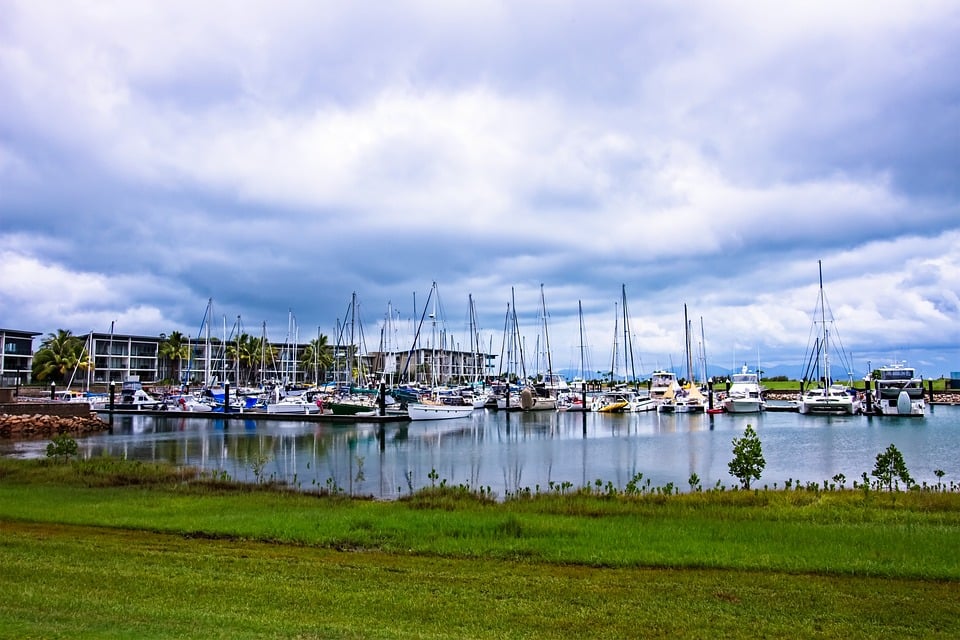
Ty Dolla $ign & Anitta to Headline Billboard MusicCon With Free Concerts
Here are five standout discussion points from BIME Bogotá’s inaugural edition.
1. Building an Artist’s Brand Holistically
Claudia Elena Vásquez, wife of Colombian superstar Carlos Vives and executive director of Universo Vives, spoke about building an artist’s brand to encompass creative, commercial and philanthropic visions. “For me, an artist is a company, and when we work with a corporation, we talk of mission, vision and values,” said Vásquez, who has a degree in chemical engineering and who long worked with major corporations before direction all her attention to Universo Vives. The Vives “universe” includes a music school, foundation, live music venue/restaurant and record label that works with local artists. All the enterprises are rooted in Colombia’s culture and roots, which also define the Vives sound.
“I’m working with an elevated purpose,” said Vásquez, noting that the same path can apply to all artists, especially those who want to stick around long term as Vives has done.
“Once an artist has a clear strategy, mission and vision, the entire team has to go down that path. That’s the strategy of success,” Vásquez added.
2. Chile Rising
Chile’s Digital Observatory of Chilean Music presented surprising and valuable data at the conference. The country’s capital, Santiago, is the city with the second-highest number of monthly users on Spotify, and the city with the fifth-highest number of monthly users on YouTube. Between 2015 and 2019, there were 15 million tickets sold to live music shows in the country, representing over $400 million. And between 2019 and 2020, the number of indie releases grew by more than 50%, the pandemic notwithstanding.
3. A Return to Widespread Vinyl Production?
If vinyl is still nascent in Latin America, the reasons lie partly with the fact that most vinyl pressing plants in the region were dismantled, with equipment sold to recyclers or vinyl companies in Europe, the U.S. and Canada. South American countries that used to boast 150 to 200 vinyl printing machines may now only have two.
But today, a budding industry is seeking to find and reclaim those plants and printing equipment. Rafael Manrique of CD Past in Lima, Perú said his company purchased a pressing plant in Bolivia that had never been used, even as sellers told him there was no market for it. Nonetheless, in the last year, CD Past has pressed over 100 titles, averaging a run of 300 copies for each, most of them local acts. “Lima isn’t even a big music market,” said Manrique. “Can you imagine if we were in Bogotá?”
Henry Cavanzo of HC Records in Colombia recounted how his family acquired the old pressing machines that belonged to Colombian Codiscos back in the ’90s. The machines were stored unused for 10 years by the Cavanzos, but today, they own two functioning presses.
4. Digital Revenue Collection for Artists
While labels are reaping the benefits of astounding growth in music revenues in Latin America, the boom has yet to translate to significant digital revenue for most artists. Spain’s Society of Interpreters and Performers, which represents many Latin American artists worldwide, hosted a panel underscoring the importance of artist rights when it comes to digital performance collections.
5. Equity and Mental Health
No longer just “first world” subjects, mental health and equity took a leading role. Puerto Rican singer-songwriter Draco Rosa spoke at BIME Bogotá about the importance of mental health, a cause he has long championed, while Francisca Valenzuela, founder of women in music initiative Ruidosa, was part of a panel on equity for women with fellow artists and executives.




































































